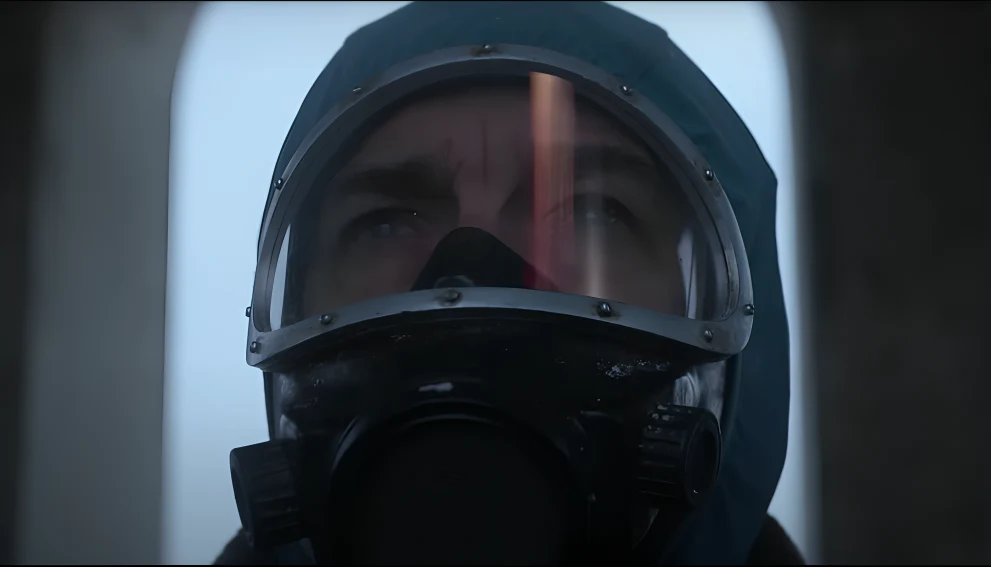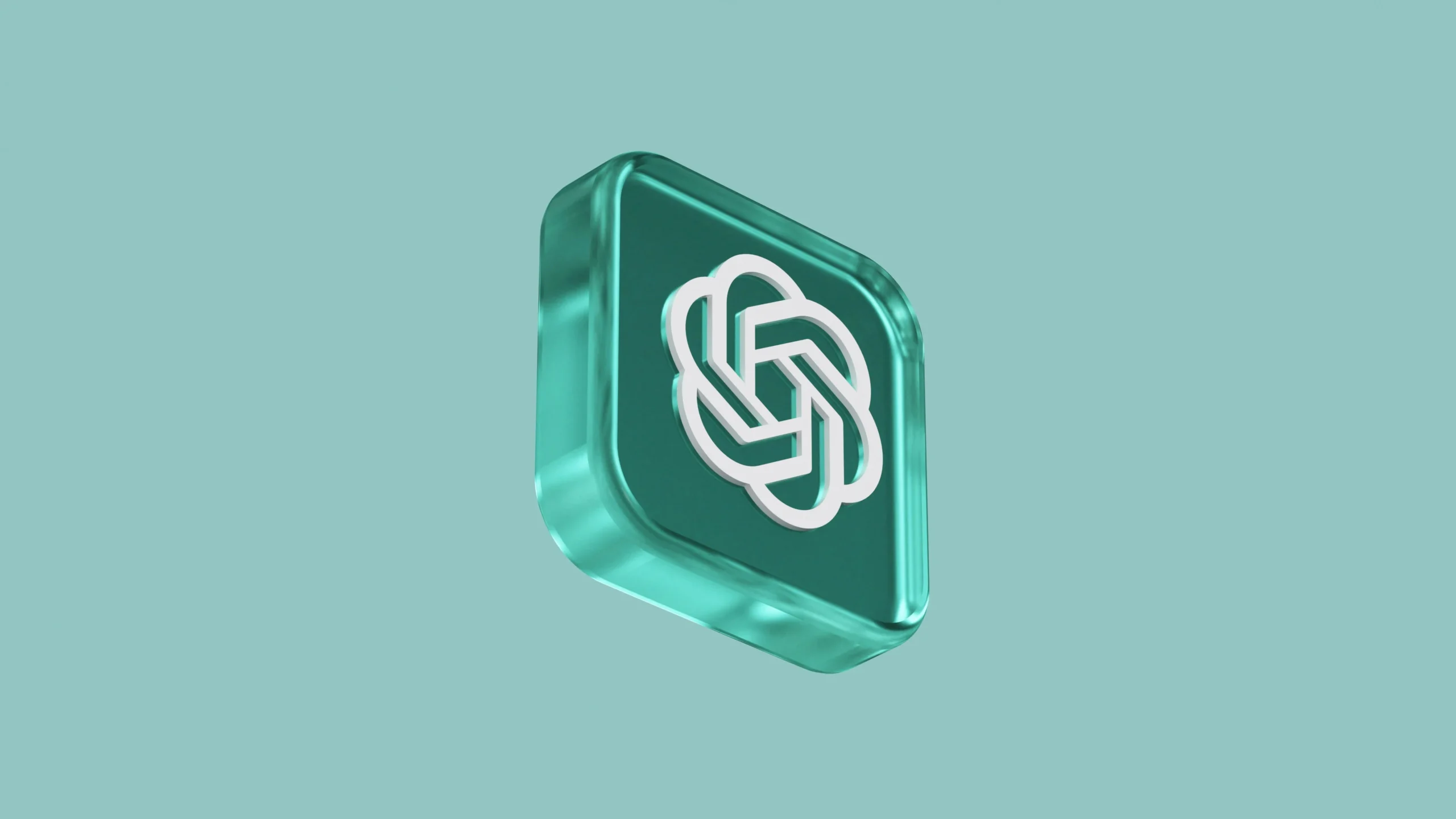In a bold and fascinating move, Netflix has officially stepped into the world of generative AI, not behind the scenes, but right on screen. The streaming giant used AI-generated visuals for the first time in its original sci-fi series The Eternaut, and let’s just say: this is no ordinary tech experiment.
So, what does it really mean when Netflix says it used generative AI in a show? Is this the future of production, or just a shortcut to save costs? And more importantly, how will it affect the creative industry?
Let’s break it all down in simple terms.
What Exactly Happened in The Eternaut?
In episode six of The Eternaut, there’s a powerful scene where a building falls down in the middle of Buenos Aires. Now, normally, this kind of visual effect would require a massive crew, a lot of CGI time, and a chunk of the budget. But instead, Netflix turned to generative AI.
Rather than using traditional VFX tools, the building collapse scene was created using AI-generated footage, and not just in concept art or behind-the-scenes mockups. It made it to the final cut.
Yes, the scene you see on screen was entirely rendered with the help of artificial intelligence.
Why Netflix Chose Generative AI for This Scene
The main reason? Speed and Cost.
Creating realistic VFX is expensive, especially for productions that don’t have Marvel-sized budgets. In the case of The Eternaut, Netflix admitted that producing such a high-quality scene using traditional methods would have been out of budget. But with generative AI, they managed to complete it much faster, reportedly up to 10 times quicker.
That’s a huge deal for smaller and mid-budget productions that often compromise on visual quality due to time and money constraints.
Is Netflix Replacing Artists with AI? Not Exactly.
This is the part where many people get a little uncomfortable. “Are they using AI to avoid hiring real artists and professionals?” It’s a valid concern, especially given how much conversation has been happening in the entertainment world around AI taking over jobs.
But Netflix has clarified its stance: this isn’t about replacing human creativity. Instead, it’s about enhancing it. The creative vision still comes from writers, directors, and designers. The AI is just another tool to help bring those ideas to life faster and more affordably.
Think of it like this: artists still design the blueprint, but AI helps speed up the painting.
What Is The Eternaut About Anyway?
If you’re not familiar with it yet, The Eternaut is a sci-fi drama based on a classic Argentine comic. The story takes place during a deadly blizzard that destroys most of the population, forcing the remaining survivors to band together and fight for survival. It’s eerie, atmospheric, and filled with heavy symbolism, which makes the decision to use AI in such a show even more interesting.
It’s not just a flashy sci-fi piece; it’s a story with depth. That’s why this experiment with AI caught so much attention.
What This Means for the Future of TV Production
Here’s where things get exciting, and a little complicated.
Netflix isn’t just playing around with AI for fun. This could open the doors to:
- More affordable high-quality content, even for low-budget projects.
- Faster production timelines.
- More creative experimentation without technical limitations.
Imagine indie filmmakers creating blockbuster-level visuals without needing a big studio budget. That’s what generative AI could unlock.
But on the flip side, there are concerns:
- Could AI reduce the need for traditional VFX teams?
- What protections exist for artists, actors, and other creators?
- What steps can be taken to make sure AI is applied fairly and responsibly?
These questions are still being debated across the industry, and they’re important.
Netflix Is Going Beyond Just VFX
Interestingly, this isn’t the only way Netflix is using AI.
The company has started testing AI-powered search tools within its platform. These tools allow users to find shows using more natural phrases like “funny movies with a twist ending” instead of just typing a title. It’s designed to make content discovery smarter and more human.
There are also plans to introduce AI-generated promotional content, like ads that automatically adapt to your viewing preferences, possibly rolling out in 2026.
Clearly, Netflix is betting big on AI, not just behind the scenes, but all across its ecosystem.
Should Creators Be Worried?
This is the big question. Whenever AI enters a new field, people wonder: Will this replace jobs?
In some ways, yes, AI can automate tasks. But creative work is different. Emotion, storytelling, and vision can’t be faked by a machine. What we’re more likely to see is a shift in how creative work is done.
For example:
- A VFX artist might use AI tools to speed up rendering.
- Writers might use AI to brainstorm plot twists or dialogue (but not write entire scripts).
- Directors might pre-visualize scenes using AI-generated storyboards.
Instead of being pushed out, many professionals may need to adapt, learning how to work with AI rather than against it.
Final Thoughts
Netflix’s use of generative AI in The Eternaut isn’t just a flashy headline; it’s a signal of what’s coming.
This moment marks a shift in entertainment production, where technology starts to blend more directly with storytelling. For creators, it offers new tools. For studios, it lowers costs. And for audiences, it could mean better quality content, faster.
But the real test lies ahead: Can the industry find the right balance between efficiency and artistry? Can AI be used as a creative ally without undermining the people who make movies and shows worth watching?
Time will tell.
One thing’s for sure: The Eternaut just made history, and it’s only the beginning.


